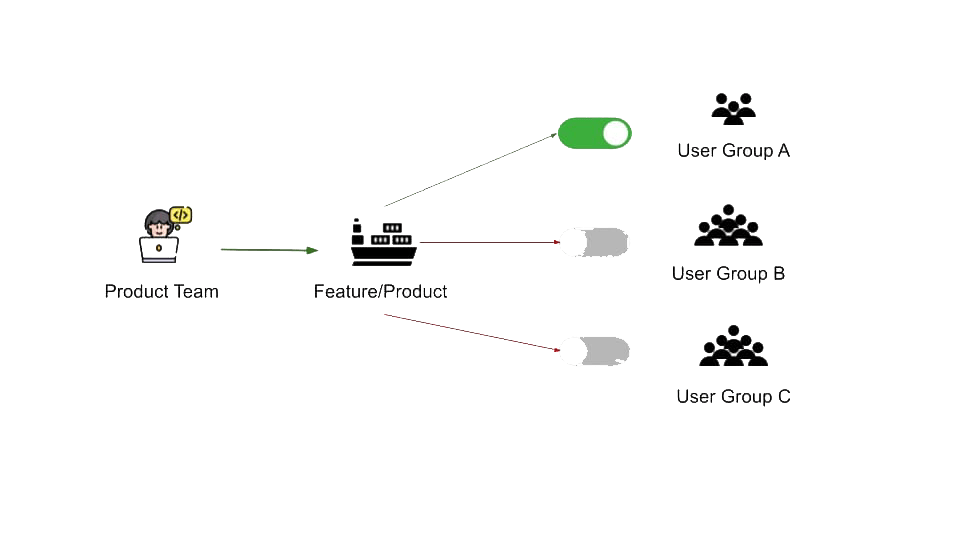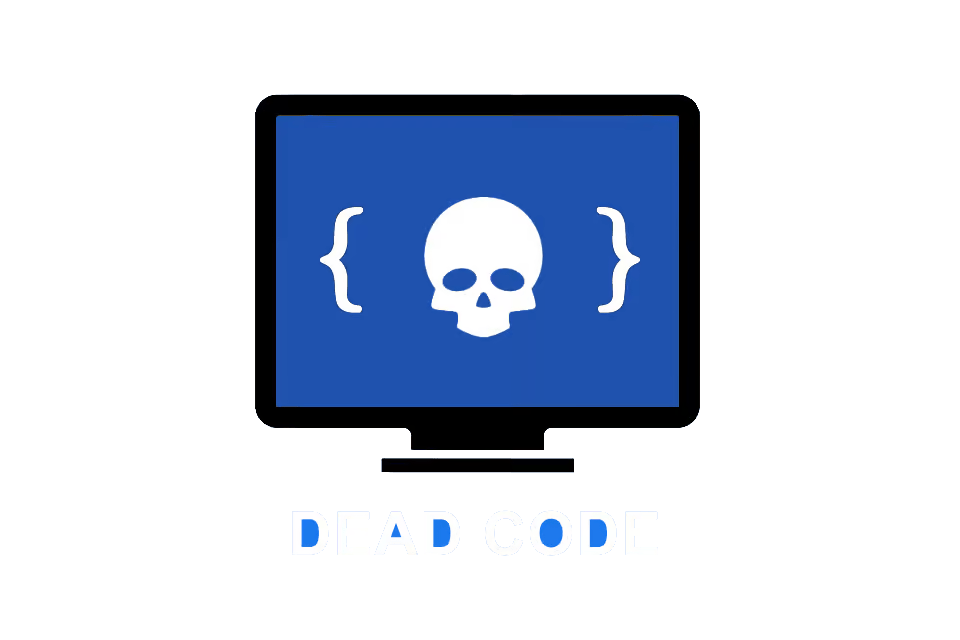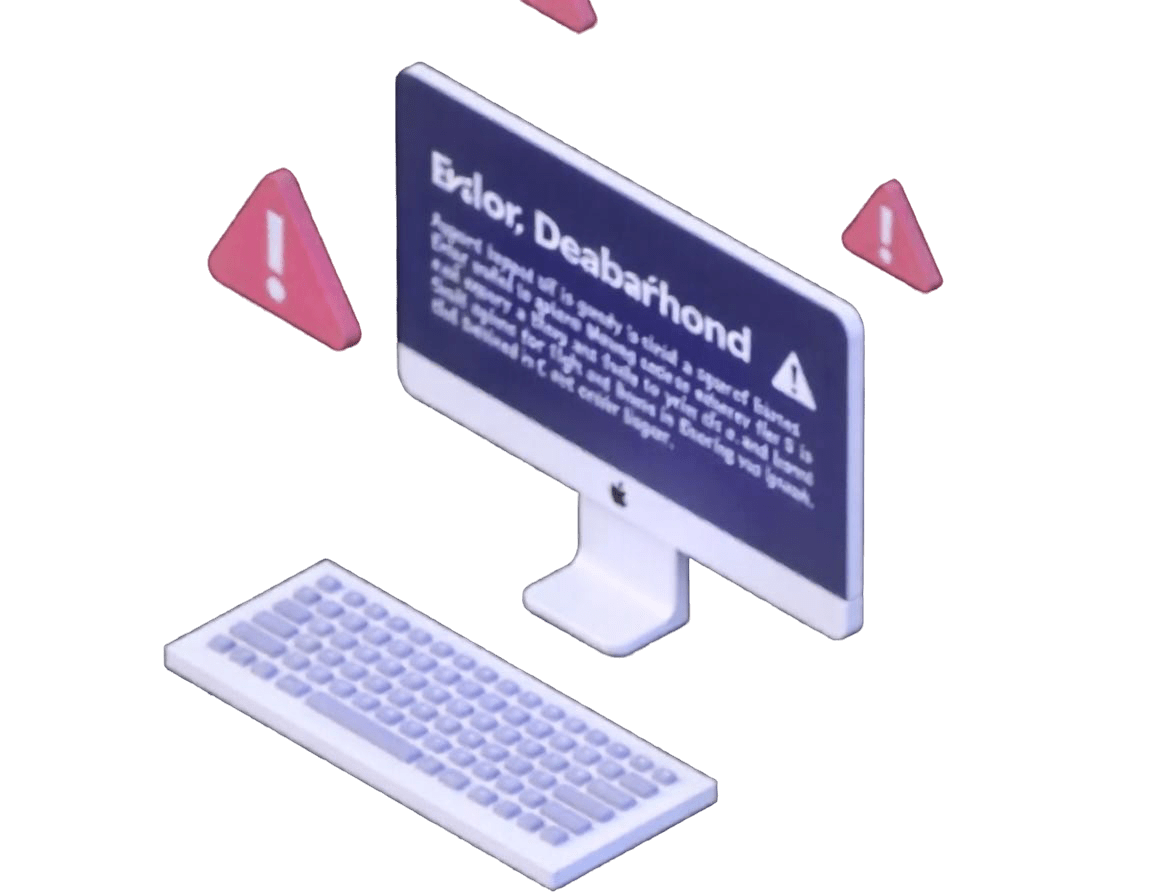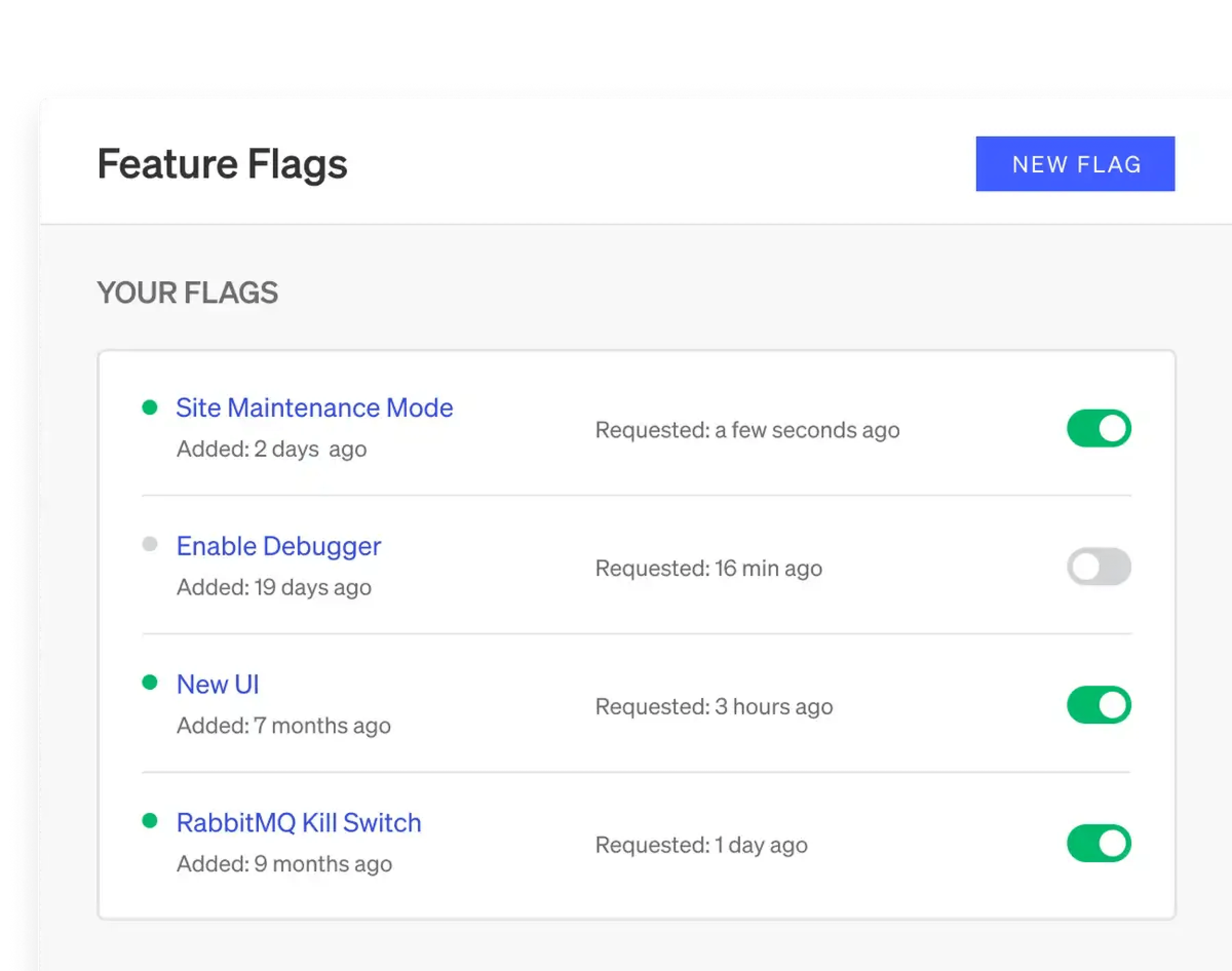Feature Flags
How to avoid hidden bugs and ensure secure deployments
Introduction
Feature flags have become a go-to tool for SaaS startups and growing tech teams. They let you roll out gradually, A/B test in real-time, and hide unfinished code without redeploying. In theory, they give you speed, control, and flexibility.
But here’s the catch: poorly managed feature flags are one of the fastest ways to create ghost errors – subtle, hard-to-reproduce bugs that only show up under the right (or wrong) conditions.
And when these bugs slip into production? You lose time, trust, and confidence in your release process.
In this blog, we cover the three biggest risks of mismanaged feature flags, why they matter for your QA process, and how to prevent ghost errors before they derail your roadmap.
What Exactly Are Feature Flags?

Feature flags (or toggles) are software switches that allow dynamic enabling or disabling of functionalities without redeploying the application. They’ve become essential tools for:
- Progressive rollout (canary release, A/B testing)
- Hiding code under development
- Quickly disabling a problematic feature
But like any powerful tool, when misused, they can do more harm than good.
Three Ways Poor Feature Flag Management Creates Ghost Errors
1. Inconsistent Environments: Different Behavior at Each Execution
When a feature flag is active for some users, environments, or requests – but not others – you may end up with non-uniform execution conditions. The result? Bugs that might appear only under a very specific set of parameters that you can’t easily reproduce locally.
Example: an API behaves differently depending on a flag, but your automated tests don’t account for that. This tends to result in a bug that is invisible in your CI pipeline, but present in production.


2. Dead or Forgotten Code: Silent Technical Debt :
The more flags you add, the more inactive or forgotten code branches pile up. Left unchecked, these branches create hidden dependencies and unexpected behavior when a flag is reactivated. This leads to unexpected errors (i.e. classic ghost bugs).
Example: a patch applied months ago suddenly breaks something when an old flag is switched on in a corner of the system.
3. Lack of Visibility: No One Knows Which Flag Is Active, Where, or Why
Without centralized tracking or up-to-date documentation, feature flags become a black box. No one knows which flags are active, where, or why, and developers waste hours guessing system states instead of building features. The result? Errors become harder to reproduce and fix.
Example: If you’ve ever had to read source code just to figure out whether a feature was live, you’ve felt this pain.

How to Avoid Ghost Errors with Rigorous Feature Flag Management

Fortunately, there are simple best practices and proper tools (like LaunchDarkly or Unleash) to help you stay in control of your feature flags and avoid invisible side effects like ghost errors.
To do just that, here are three simple steps that should be a part of your QA process:
- Set up a cleanup process
Temporary flags (like for in-progress features or A/B tests) should always have an expiration date or scheduled removal task. - Test with and without flags
Unit, integration, and end-to-end tests must include cases with the flag enabled and disabled – especially if the flag affects business logic. - Centralize Visibility
Use tools or dashboards to track all active flags and their states. Document decisions so no one has to reverse-engineer the system later.
Want a more detailed (and technical) version of how to prevent ghost errors with proper feature flag management? Download our free PDF here. If you’re experiencing inconsistent environments, bugs due to dead or forgotten code, and/or a lack of visibility with your feature flags, we walk you through what to do, step by step. |
Feature flags can be a superpower (if managed right)
Feature flags are powerful allies for fast and flexible releases, but if unmanaged, they can become a major source of silent and unpredictable bugs that slow down your teams and frustrate your users.
Our recommendation? Put structure and QA discipline in place – such as regular cleanup, documentation, and context-specific testing – so feature flags actually deliver the agility they promise.
Want to stop ghost errors before they hit production?
Need QA services that bring discipline to your feature flag strategy?
Contact us for a free diagnosis or a focused QA intervention.
We’ll help you catch vulnerabilities before they become critical so you can keep your releases clean and your users happy.
Find out more about how our external QA services can help solve your recurring bug issues

